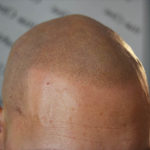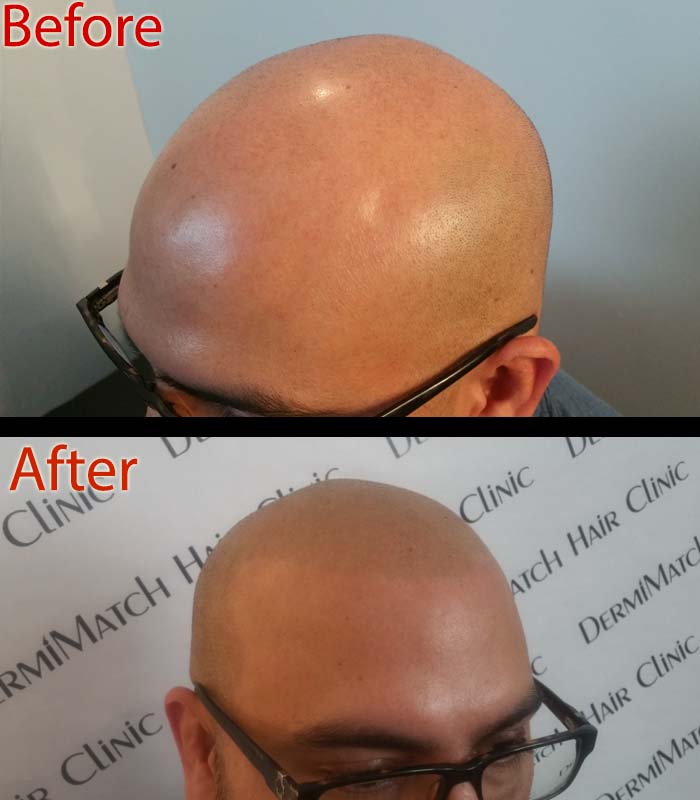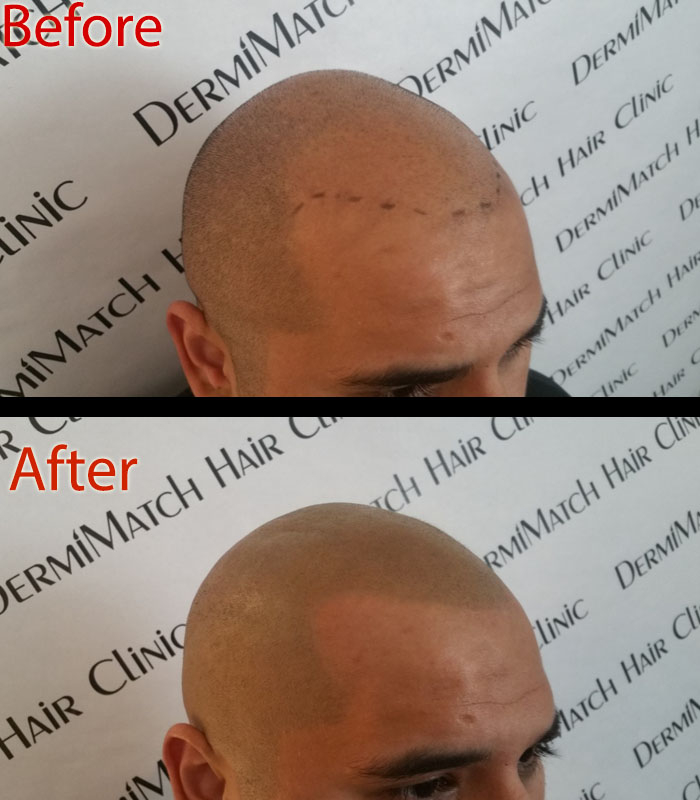Many potential clients ask me if Scalp Micropigmentation (SMP) turns colors over time; so I wanted to break down my answer as I would during a consultation.
There is no question that using the correct pigments, colors, shades, needles, etc. play an intrical part in an artist’s overall results. However, the SMP industry has utilized marketing, and some companies have flat out lied about using special SMP pigments. Many have stated that if these “special” pigments are not used that you will see blue and green results.
One demonstration posted on Youtube from the founder and CEO of a large provider; even went so far as to take “carbon black” tattoo ink and place it onto a paper towel. He then poured water onto the “black ink” to dilute it; as he poured the water onto the ink, it bleed blue and green. His statement was to use their pigments and not black inks.
That post has since been taken down because any tattoo artist or anybody who tried this demonstration could tell you; if you take black carbon ink and put it on a paper towel and pour water on it; it will only remain pure black in color.
Many artists in the industry are using carbon black tattoo ink and dilute it to create a “gray wash”. This is becoming more known in the industry and you can achieve good results if done correctly and subtly. Other companies are seeing some negatives in using pure black pigments and have created pigments with warming tones, different particle sizes, etc. Some examples you may want to look into would be https://dermimatch-products.com and https://permablend.com/products/perma-blend-scalp-set
The blues and greens you tend to see in regards to SMP results are a product of technique. If the pigment is placed too deep in the skin, this can create blowouts but also a blue/green effect as the pigment is sitting under layers of skin. This is more predominant in pale or light skinned clients and is created by the blurring effect and the light as we see the impression through layers of skin. You can test this by looking at some results in different lighting. Your results may look great in the living room but take a picture with a camera flash and it may appear blue-ish. This is the white light reflecting off the pigments under the skin.
Ultimately, your artist’s skill level should be able to keep the blue and green effect from occurring. If you have any questions or want to see results in person, you can reach out to Dermimatch in Scottsdale, AZ https://dermimatch.com



